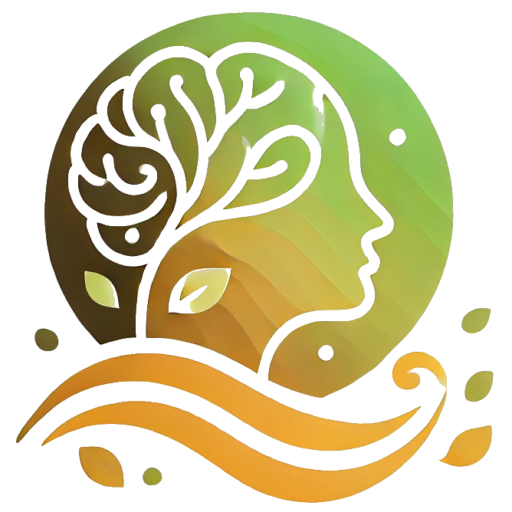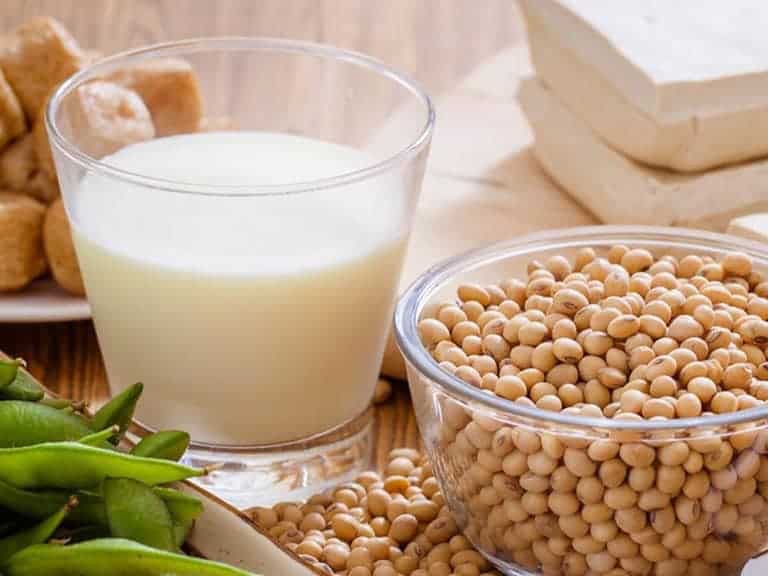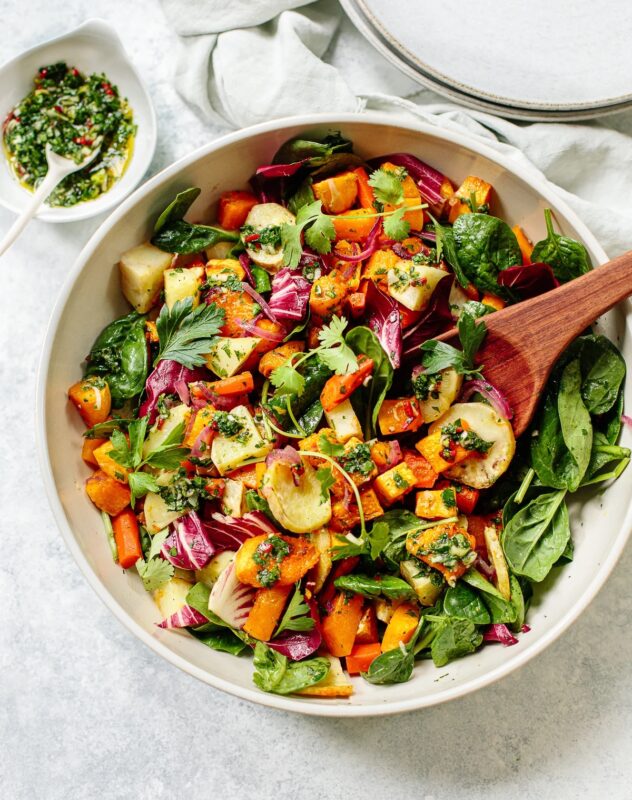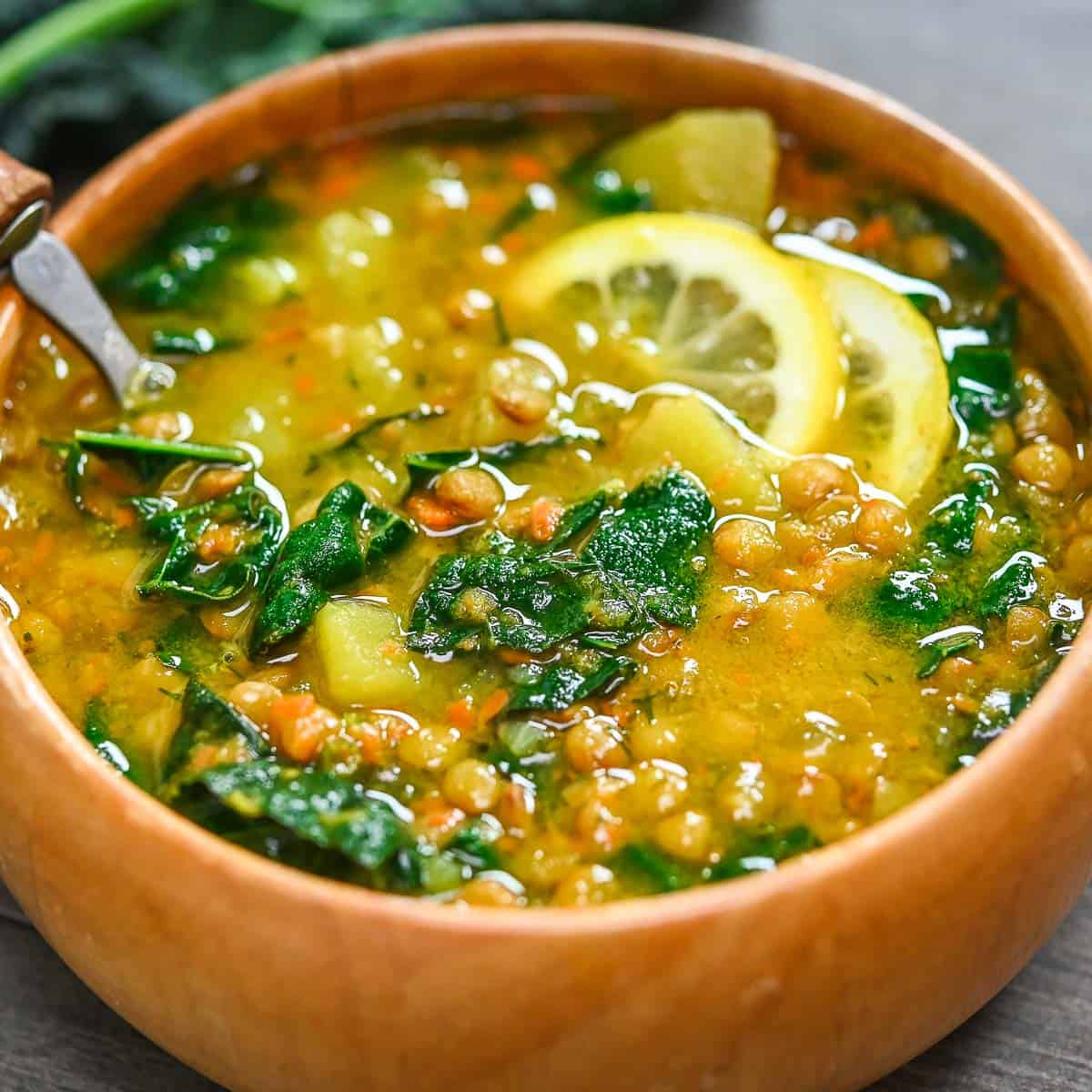
High blood pressure, also known as hypertension, is a major health concern that increases the risk of heart attacks, strokes, and other cardiovascular diseases. While medication is often prescribed to manage blood pressure, adopting a healthy diet can have a significant impact on lowering and preventing high blood pressure. This article explores the role of diet in managing hypertension, highlighting key foods and lifestyle changes that can help prevent and treat high blood pressure naturally.
Why High Blood Pressure is a Silent Threat to Health
Many individuals have high blood pressure without even knowing it. Often referred to as the “silent killer,” high blood pressure doesn’t always present noticeable symptoms. However, if left untreated, it can lead to serious health issues, including heart disease and kidney damage. Traditional plant-based diets have been shown to protect populations from developing hypertension, and the good news is that dietary changes can play a key role in lowering blood pressure and preventing its complications.
The Link Between Diet and High Blood Pressure
Research consistently shows that dietary habits are closely linked to blood pressure levels. The foods you consume can either elevate or reduce your blood pressure. For example, processed foods high in salt and saturated fats can lead to higher blood pressure. On the other hand, diets rich in fruits, vegetables, whole grains, and healthy fats can significantly lower blood pressure levels and improve overall heart health.
The DASH Diet: A Proven Approach to Lowering Blood Pressure
The Dietary Approaches to Stop Hypertension (DASH) diet is one of the most researched and recommended diets for lowering blood pressure. The DASH diet emphasizes:
-
Fruits and vegetables: These provide essential vitamins, minerals, and antioxidants that help regulate blood pressure.
-
Whole grains: High in fiber, whole grains help reduce cholesterol and stabilize blood sugar, both of which contribute to healthy blood pressure.
-
Low-fat dairy products: Rich in calcium and potassium, which are key nutrients for maintaining healthy blood pressure levels.
-
Lean proteins: Such as beans, nuts, and seeds, these provide healthy protein without contributing to high blood pressure.
Studies have shown that the DASH diet can lower systolic blood pressure (the top number) by 8 to 14 mmHg, which is comparable to the effects of blood pressure medication.
Foods That Help Prevent and Lower High Blood Pressure
Certain foods are known to help lower blood pressure naturally. Incorporating these into your diet can support overall heart health and reduce hypertension risk.
1. Flaxseeds for Hypertension Relief
Flaxseeds are packed with omega-3 fatty acids, fiber, and lignans, all of which have been shown to help lower blood pressure. Regular consumption of flaxseeds can reduce systolic blood pressure by up to 10 mmHg. Simply adding ground flaxseeds to smoothies, salads, or baked goods is an easy way to incorporate them into your diet.
2. Hibiscus Tea for a Natural Blood Pressure Remedy
Hibiscus tea has long been used as a natural remedy for high blood pressure. Studies indicate that hibiscus tea can lower diastolic blood pressure (the bottom number) by as much as 7.2 mmHg. Hibiscus contains anthocyanins, powerful antioxidants that help improve blood vessel function and lower blood pressure.
3. Whole Grains to Lower Blood Pressure
Whole grains, such as brown rice, quinoa, and oats, are an essential part of any heart-healthy diet. They are rich in fiber, magnesium, and potassium, all of which help regulate blood pressure. Replacing refined grains with whole grains has been shown to significantly reduce blood pressure in individuals with hypertension.
4. Beets and Beet Juice for Blood Pressure Support
Beets are rich in nitrates, which help relax and dilate blood vessels, improving blood flow and reducing blood pressure. Drinking beet juice has been shown to lower systolic blood pressure by 4–5 mmHg, making it a simple and effective way to manage hypertension.

Lifestyle Changes to Complement a Blood Pressure-Healthy Diet
While dietary changes are crucial, adopting a healthy lifestyle can further enhance your efforts to manage high blood pressure. Regular exercise, stress management, and maintaining a healthy weight all contribute to healthy blood pressure levels.
1. Exercise Regularly
Physical activity is one of the most effective ways to lower blood pressure. Aerobic exercises, such as walking, cycling, and swimming, can reduce systolic blood pressure by 4–9 mmHg. Aim for at least 30 minutes of moderate exercise on most days of the week.
2. Manage Stress
Chronic stress is a significant contributor to high blood pressure. Finding ways to manage stress, such as practicing mindfulness, meditation, or yoga, can help lower blood pressure levels and improve overall well-being.
3. Limit Alcohol and Caffeine
Excessive alcohol consumption and high caffeine intake can elevate blood pressure. Reducing or eliminating these substances can help keep your blood pressure in a healthy range.
4. Quit Smoking
Smoking causes immediate increases in blood pressure and contributes to the development of plaque in arteries, which can increase the risk of heart disease. Quitting smoking is one of the best things you can do for your heart and overall health.
Why Prevention is Key to Managing High Blood Pressure
While medications can help manage high blood pressure, preventing it through diet and lifestyle changes is the most effective approach. By focusing on a healthy, plant-based diet, regular exercise, and stress reduction, you can lower your blood pressure and reduce your risk of heart disease, stroke, and other complications.
For more detailed information on how to lower blood pressure naturally, check out the American Heart Association‘s guide to managing blood pressure. Additionally, explore the National Institute on Aging‘s resources on hypertension and heart health.




